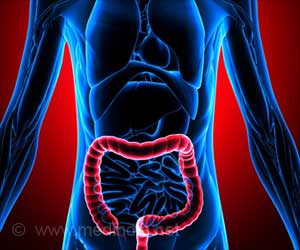Anita Fiorillo noticed that her daughter Bianca could not seem to keep up with the other children in the play ground.
Anita Fiorillo noticed that her daughter Bianca could not seem to keep up with the other children in the play ground. She seemed slower at doing things compared to the other children. Her running climbing ability all seem to be affected on diagnoses it was found that she has CMT, Charcot-Marie-Tooth Disease. On subsequent diagnosis it was found that her father and her brother Tony too suffered from it.
In 1886, Professor Jean Martin Charcot of France (1825-1893) and his student Pierre Marie (1853-1940) published the first description of distal muscle weakness and wasting beginning in the legs, calling it peroneal muscular atrophy. Howard Henry Tooth (1856-1926) described the same disease in his Cambridge dissertation in 1886, calling the condition peroneal progressive muscular atrophy. Tooth was the first to attribute symptoms correctly to neuropathy rather than to myelopathy, as physicians previously had done. Coined on the names of the three scientists it was named Charcot-Marie-Tooth Disease.CMT is a condition that affects the nerves in your legs and arms, known as the peripheral nerves. It is a universal term used under which some 50 to 60 disorders of the peripheral nervous system, which controls our ability to move and feel parts of the body. The nerves of the arms and legs gradually stop working, leading to wasting of the muscles served by those nerves. It had a major impact on the life as it lowered the quality of life to a significant level. It is difficult to detect the symptoms early. But as the child grows the painful condition becomes worse.
Foot deformities like clawed toes, flat feet are quite common. Chronic arthritis, loss of sensation on arms and legs are also common feature of the disease.
RCH pediatric neurologist Dr Monique Ryan, Sydney podiatrist Dr Josh Burns and Prof Robert Ouvrier, from Sydney's Westmead's Children's Hospital, hope high doses of vitamin C could relieve children's CMT symptoms. The two children Bianca and Tony will be a part of the trial to find a cure for the disease.
An earlier French study had found that high dosage of vitamin C injected in mouse made it over come the disease.
Hoping this will help find a cure for the disease.
Advertisement
BIN/N





